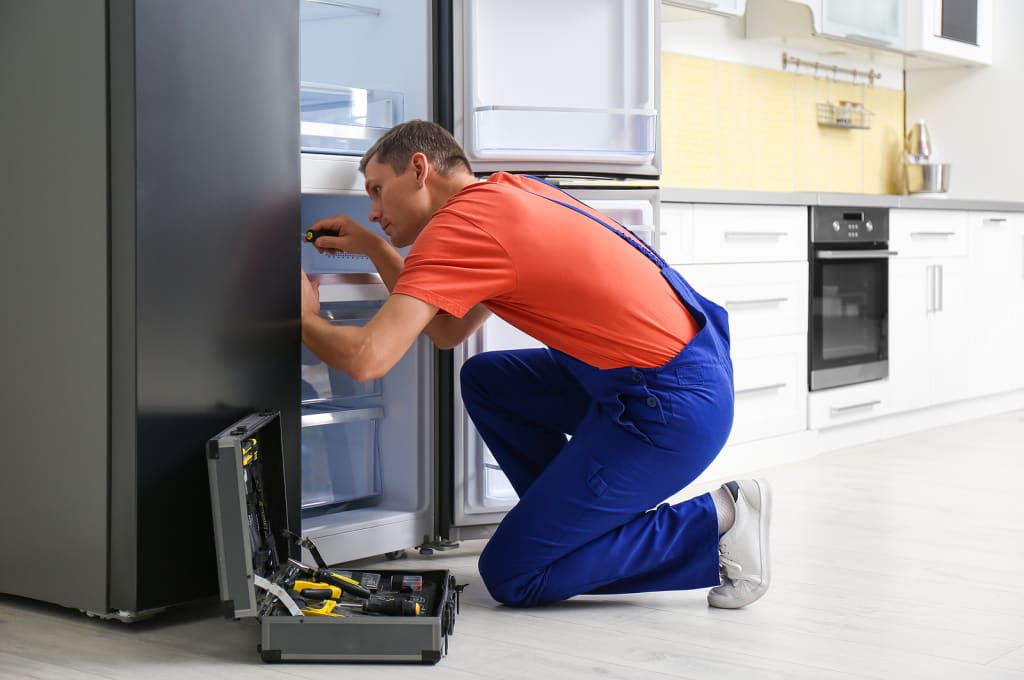
Temperature Regulation Issues
Insufficient Cooling: Inadequate cooling within the fridge compartment can stem from several factors. Improper thermostat settings can be rectified through a simple adjustment. Condenser coils clogged with dust or debris impede airflow, necessitating thorough cleaning for optimal performance. A compromised door seal that fails to create an airtight closure allows cold air to escape. Inspecting the seal for tears or cracks and cleaning it regularly can address this issue.
Excessive Freezing: Conversely, a malfunctioning thermostat or a blocked defrost drain in a frost-free freezer can lead to excessive ice accumulation, causing the temperature to plummet.
Addressing Frost Build-Up
Frost buildup within the freezer compartment can hinder efficient cooling. While modern freezers are typically frost-free, manual defrost models require periodic defrosting to eliminate excess frost. In frost-free models, a blocked defrost drain that prevents accumulated ice from melting could be the culprit.
Uncharacteristic Noises
Unusual Sounds: Loud grinding or clunking noises may indicate a loose component within the unit. Scraping sounds could be caused by a fan blade encountering debris. It’s advisable to address these issues promptly to prevent further damage.
Gurgling or Bubbling: These sounds are generally innocuous, signifying the circulation of refrigerant throughout the system.
Loss of Power
No Power Supply: Verify that the plug is securely inserted into the socket and the wall outlet is functioning correctly. A blown fuse within the plug might also be responsible for the power outage.
Seeking Professional Assistance
If the aforementioned troubleshooting measures fail to resolve the issue, it’s prudent to seek the assistance of a qualified appliance repair technician. They possess the expertise to diagnose complex problems and restore your fridge freezer to proper operation.
Call our expert team now on 0795 7746 032
Preventive Maintenance Strategies
-
- Regular cleaning of your fridge freezer helps to minimize grime build-up and maintain optimal performance.
-
- Avoid overloading the appliance to ensure adequate air circulation for efficient cooling.
-
- Minimize the frequency of opening the doors, as cold air escapes with each opening.
-
- For manual defrost models, adhere to the recommended defrosting schedule to prevent excessive ice accumulation.
By implementing these preventative measures and promptly addressing any malfunctions, you can ensure the longevity and optimal functionality of your fridge freezer, safeguarding your valuable food inventory.
